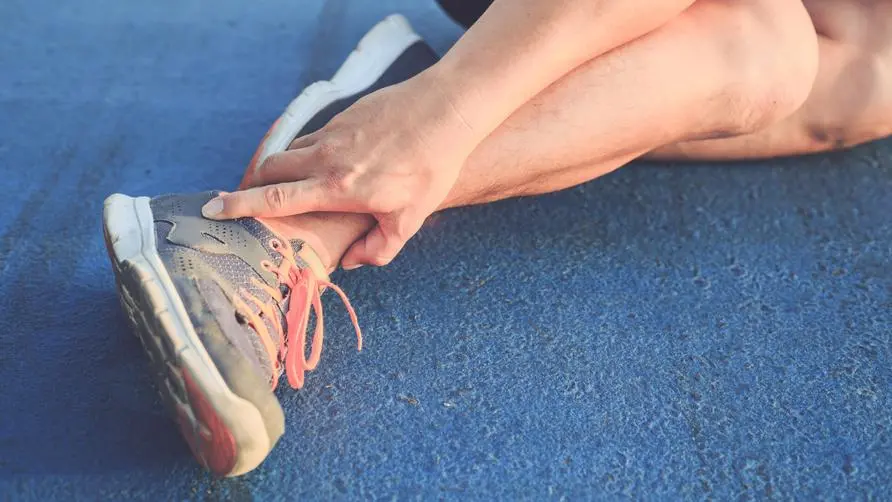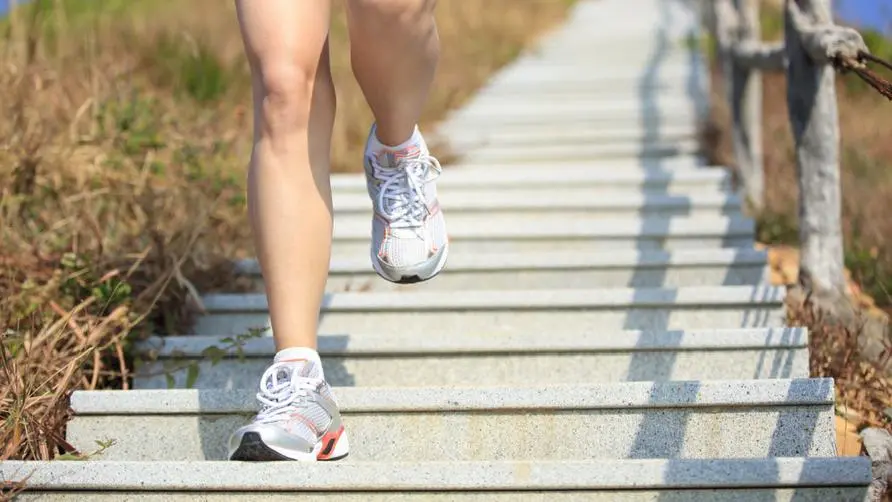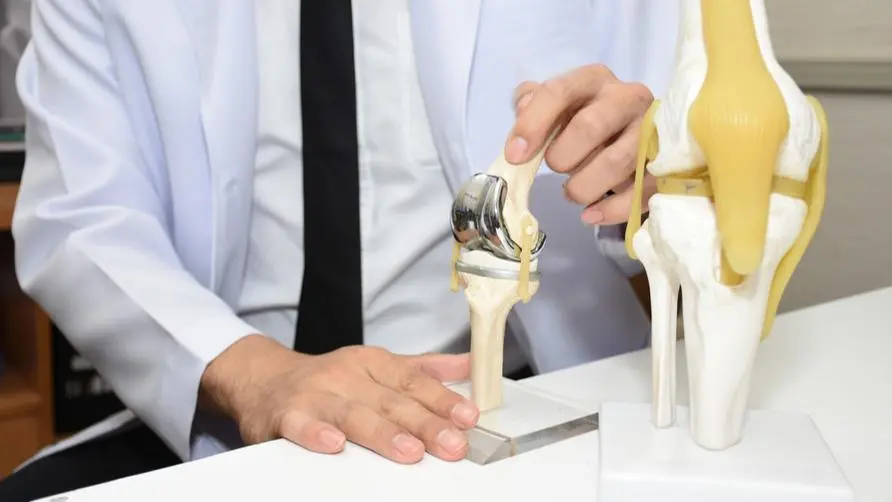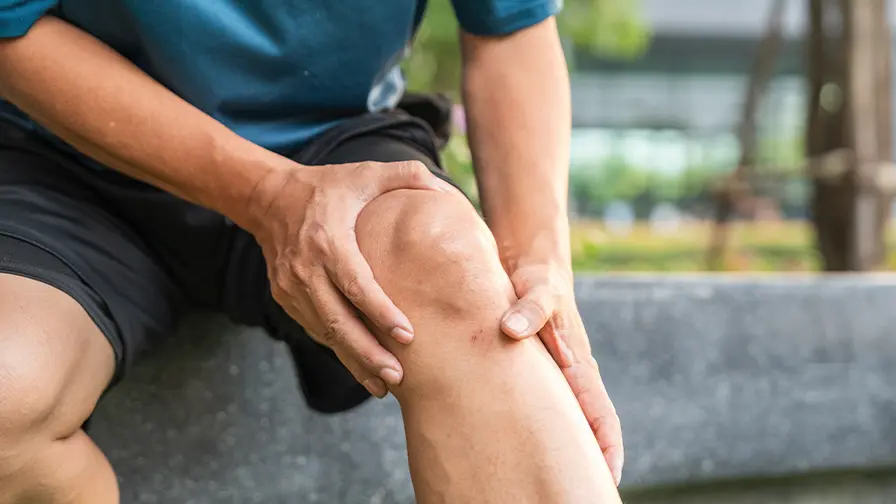Inertial sprain may turn into degenerative arthritis! Doctor: Use towels to "train muscles" to help stabilize ankles

Does walking inward or outward injure the hip joint? Keep your head up and your chest up to help stabilize your central axis
What sports injuries are likely to occur if your posture is incorrect when walking or running? Dr. Hong Weijun from the Department of Orthopedics of Kwang Tin General Hospital pointed out in an interview that walking or running in an “outer eight” or “inner eight” posture is more likely to cause varus or external rotation of the hip joint, and will also increase the pressure on the medial knee joint. Therefore, , when walking and running, you should try to keep your head up and chest high, and your gait should be maintained at a “forward” rather than “outward” angle.
In addition, the stability of the “central axis” of the trunk is also very important. Holding the head and chest up can help slightly tighten the core muscles to prevent the body from shaking when walking or running, resulting in an unstable state. The instability of the trunk during exercise will not only cause burden on the knee and hip joints, but also increase additional load on the muscles and even accelerate the wear and tear of the articular cartilage.
Is habitual sprain caused by loose ligament? Exercise the tibialis anterior to increase stability
If you sprain your ankle due to improper exercise or walking posture, may it become a “habitual sprain”? Dr. Hong Weijun explained that most ankle sprains will damage the ligaments. Usually the swelling will gradually subside after one or two weeks of rest. However, there have been tears and ruptures in the ligaments, and it is difficult to restore the new fibrous tissue and the original ligament tissue. Tightly combined, the strength is also worse than the original ligament tissue. This leads to a decrease in ankle stability and is prone to spraining again.
“Most habitual sprains are caused by loose ligaments and the ankle is not that stable, so choosing shoes is actually very important!” Dr. Hong Weijun said that to reduce ankle instability, it is best for shoes to have “heel” shoe covers; for daily wear Shoes that are too large should also be avoided to reduce the chance of shaking and sprains. Medium and high-top shoes can help stabilize the ankle joint.
You can also increase the strength of the “tibialis anterior” through exercises. First, put the soles of your feet on a towel, and then pull them back with your hands to let the soles of your feet compete with the strength of your hands to strengthen the tibialis anterior and plantar muscles and help with dynamic stability. Dr. Hong Weijun pointed out that even if the ligament tissue is injured, the stability of the ankle can still be increased by strengthening the surrounding muscles.
Do habitual sprains have sequelae? Arthritis caused by impact wear and tear?
If a habitual sprain is not cured, will there be any sequelae? Dr. Hong Weijun explained that when the ankle joint is unstable for a long time, the bone surfaces may collide with each other, causing the ankle to often become swollen and painful. Once inflammation occurs repeatedly, ankle arthritis may occur. Loose bodies in the joint collide with the bones for a long time, resulting in small Broken bones wear away cartilage tissue, which may lead to degenerative arthritis over time.
Dr. Hong Weijun said that after an acute sprain, rest for a period of time. If the pain in the ankle persists, proliferative therapy can be used to inject glucose or PRP to help recovery. If recovery is poor or repeated sprains persist, ankle arthroscopy can also be performed to repair the ligaments to help stabilize the ankle joint and reduce the chance of developing arthritis in the future. Nowadays, hyperplasia treatment under ultrasound guidance is more accurate in positioning and the treatment effect has also been improved.
How to prevent ankle sprains? Replacing insoles may not be suitable for everyone
How should we prevent ankle instability and reduce sprains on daily basis? Dr. Hong Weijun reminds that most sprains are related to inappropriate shoes. You should pay more attention to the condition of the shoes and the condition of the feet. If the ankles are sore and soft when wearing shoes, it means that the shoes have been worn for too long or do not fit the foot shape. Strengthening the ankle and sole muscles can also help prevent sprains. In addition to losing weight, obese people can do more exercises such as swimming and cycling to reduce the weight on their ankles.
Dr. Hong Weijun pointed out that everyone’s foot shape is different, and not everyone can obtain better stability by raising the arch of the foot. If you are born with flat feet, you can choose shoes with raised arches. Due to differences in natural structure and acquired lifestyle, some people will have the problem of foot arch collapse, resulting in forefoot varus and rear foot valgus. They should change to suitable shoes in a timely manner or consult a professional orthopedic surgeon to avoid repeated ankle injuries. , affecting joint health.
Further reading:





